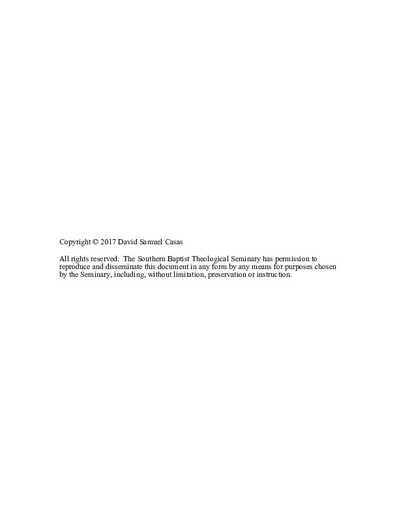Defense of the Spiritual Interpretation of the Image of God
Abstract
Mankind’s scientific, technological, artistic, and intellectual capacities are complemented by an impressive list of physical achievements; nevertheless, it is the remarkable inner abilities that testify to the human being as God’s crowning creation. The single most distinctive aspect of Adam’s creation is that he was created in the image of God and his nature bears that image. But what exactly is the image of God in man? The image of God consists of the spiritual part of a human that reflects the character of God and is the only firm basis for advocating human dignity and the gracious redemption of sinners. Although modern scholarship, particularly Old Testament scholarship, have argued for man’s function through his physical body as the meaning of or forming an integral part of the image of God, the view that God’s image is found in the spiritual aspect of the human being is more faithful to the biblical text. This dissertation argues for the spiritual interpretation of God’s image by providing a historical-grammatical reading of the relevant texts and a proper theological understanding of the image and likeness of God.
The first chapter provides the history of interpretation by describing the important personalities and their methods, and explaining the evolution of the topic that has lead to the modern departures from the traditional view. The second chapter discusses the data that supports the thesis by analyzing selected issues in current scholarship that leads to a physical and functional view of the image of God and why I disagree with their conclusions. The third chapter provides a historical-grammatical reading of selected texts that demonstrate the reasonableness of a spiritual interpretation of the image of God, and why it should be defended. The fourth chapter examines the counter claims to the thesis and presents a defense to the findings of this study. The fifth chapter briefly summarizes the most important findings and provides a conclusion.

